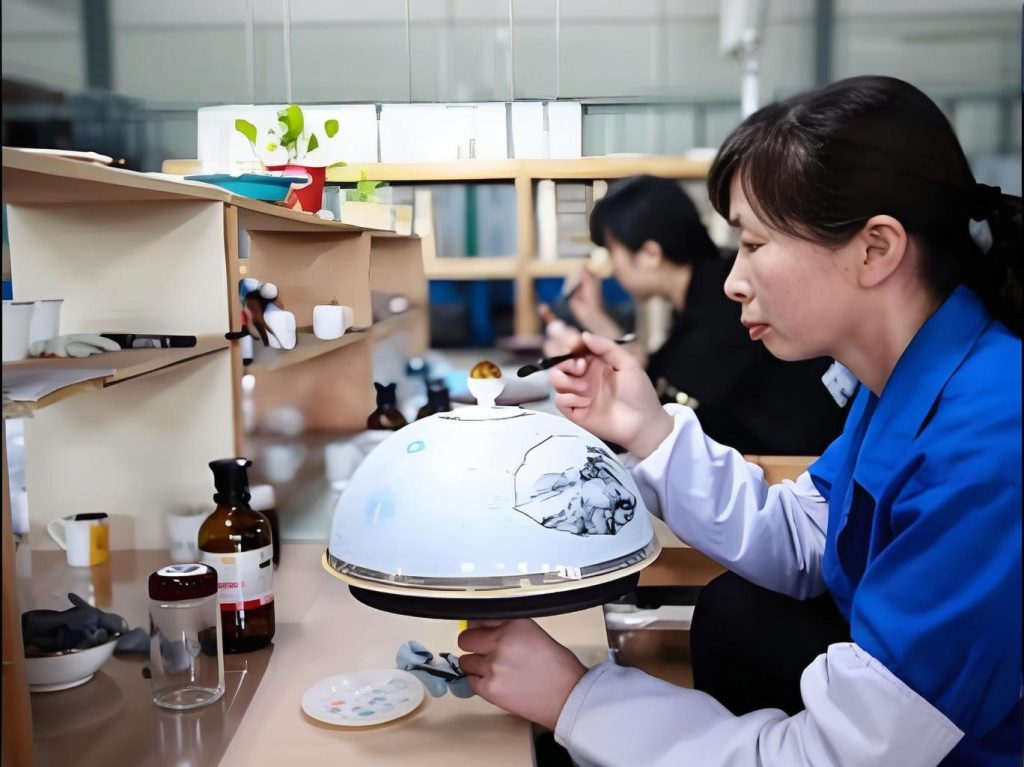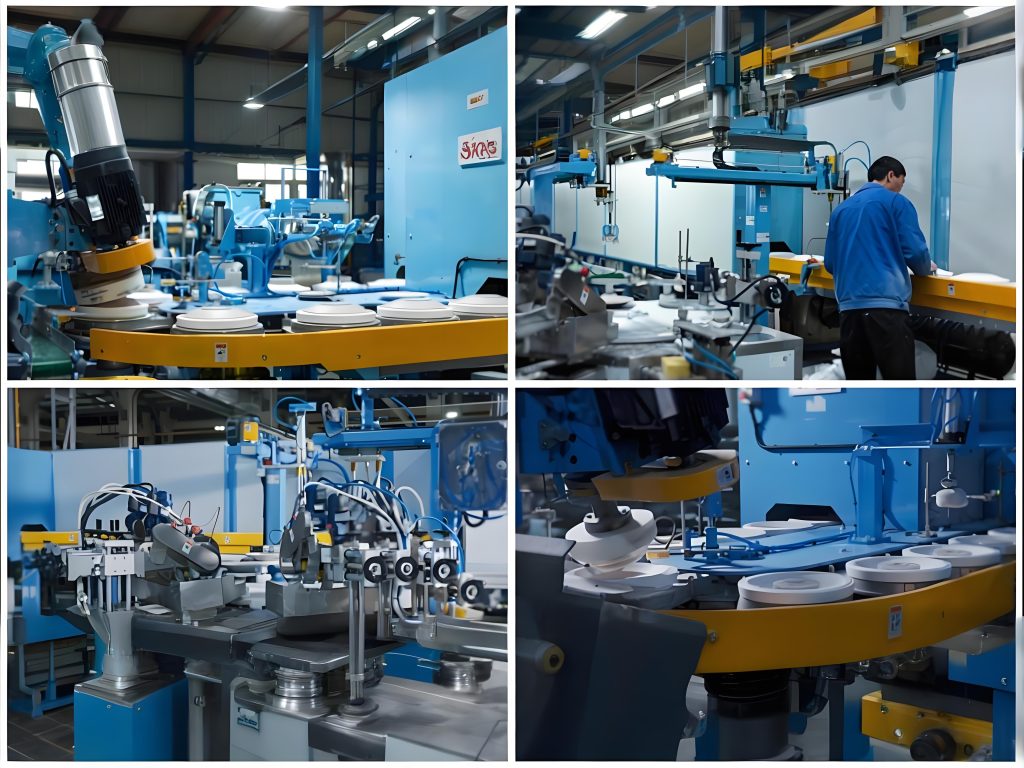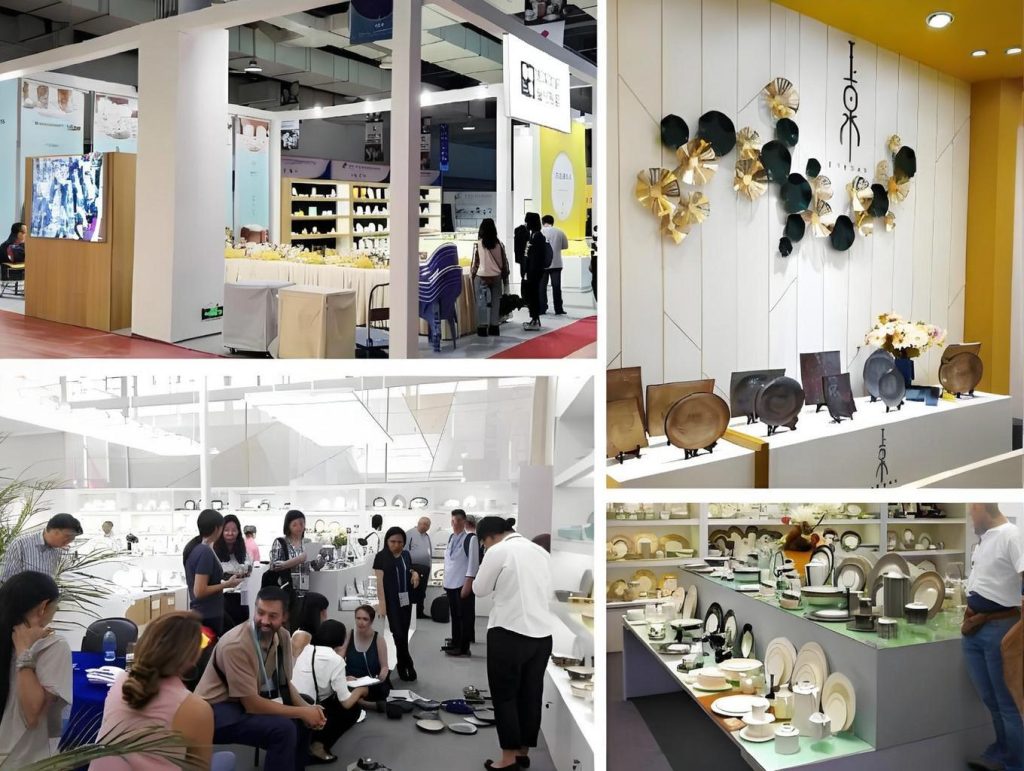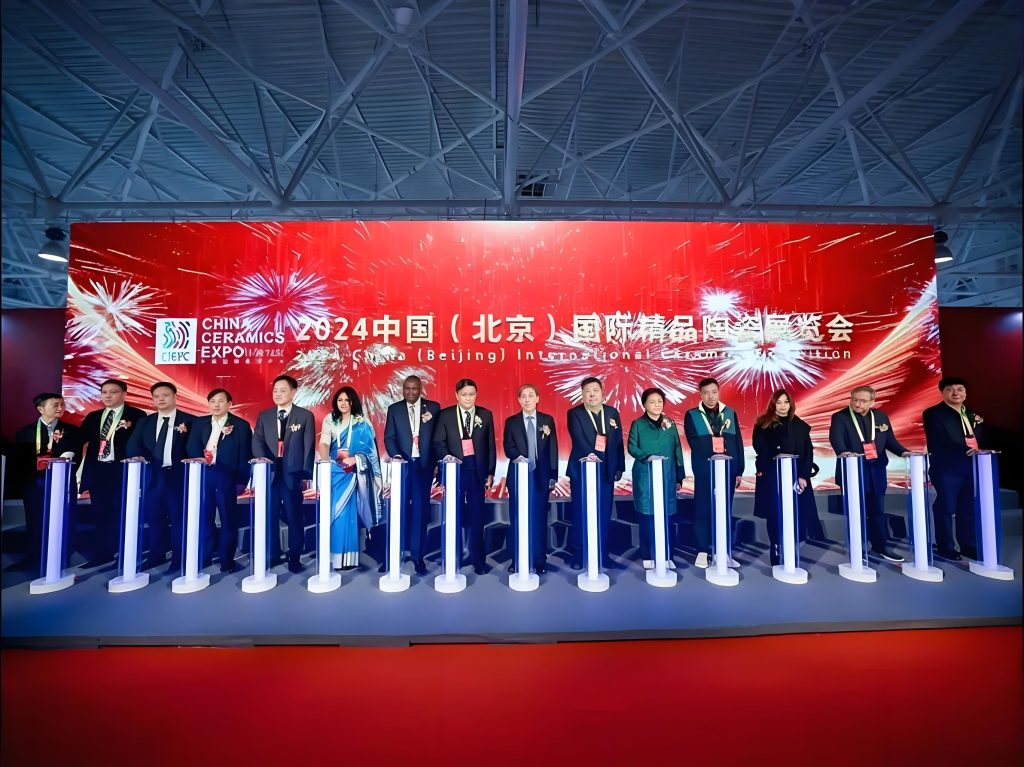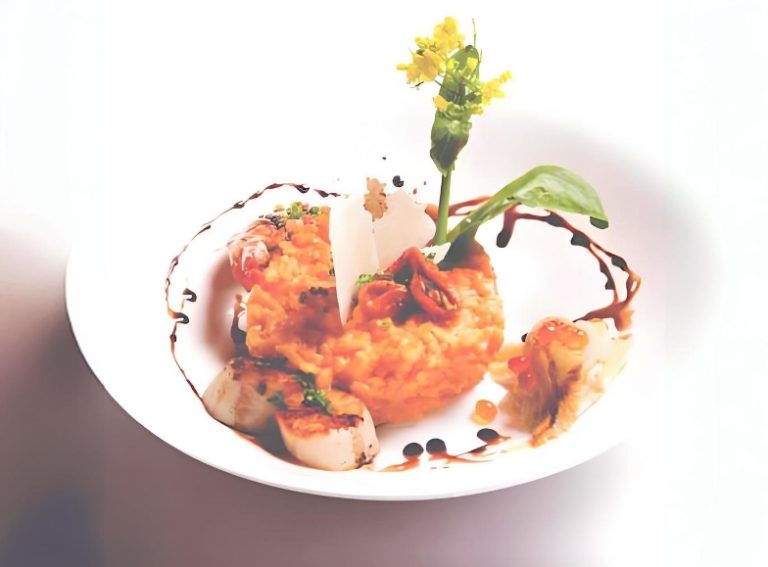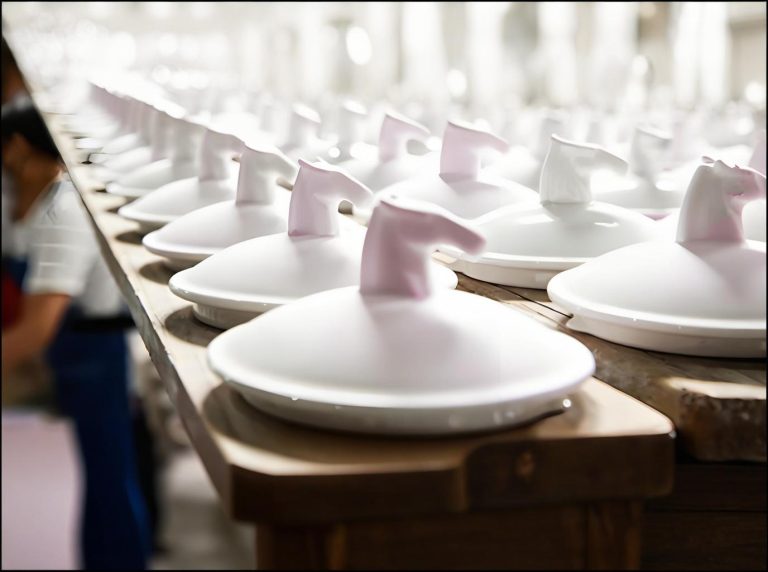When Train Tableware Became Legend: Golden Memories from the Rails
Picture this: sitting on a speeding train, holding a plate stamped with the railroad logo. Sounds crazy today, right? But these ordinary dishes now fetch hundreds, even thousands of dollars. Train station dinnerware has become hot stuff in collector circles.
Luxury Marks from the Golden Age
Browse through Quora’s nostalgia posts. You’ll spot a pattern. Every thread about train dining gets comments like “those dining cars were something else.” One user recalls his Amtrak experience: “Linen tablecloths and napkins. Real china and glassware. The works.”
This isn’t just rose-tinted memory. From the late 1800s to mid-1900s, American railroads really went all out. They used heavy-duty commercial tableware. They ordered fine Bavarian china. Some even got French Limoges porcelain. It depended on the occasion.
Picture a New York to Chicago train. Passengers sat in beautiful dining cars. Tables displayed elegant dishes marked “New York Central.” They ate beef stew with potatoes or fresh Great Lakes whitefish. This wasn’t just a meal. It was a moving feast.

How Deep Does the Collector Rabbit Hole Go?
Reddit’s collector communities share a brutal truth. Every newbie gets fooled at least once. Every expert started as a newbie.
Sounds harsh but it’s true. Train tableware collecting is tricky. One experienced collector warns: “Don’t fall for those refried railroad logos.” Shady dealers stamp regular flea market china with railroad marks. Then they sell it as antiques to unsuspecting buyers.
Even “authentic” pieces vary wildly:
Custom designs: Dishes clearly show railroad names and logos. Easiest to identify.
Exclusive patterns: Railroads bought exclusive design rights from tableware manufacturers. Take the famous “Milwaukee Peacock” pattern. It needs both blue scalloped edges and peacock to be genuine.
Stock patterns: Railroads bought existing designs. Anyone could purchase the same pattern.
Here’s a twist. Many exclusive pieces don’t even mark the railroad name on the bottom. Makes identification harder.
Lost Dining Rituals
I found a sad comparison while researching. A Reddit user shared a 1962 Nickel Plate Railroad menu. It had steaks, egg dishes, fresh fish. Prices were reasonable too. Comments said: “This railroad vanished within two years. Private passenger rail era truly ended.”
Today’s Amtrak still has dining cars. But the experience differs greatly. One recent passenger complained: “Meatloaf special came in plastic. Cost ten bucks. No dessert or drinks included.” Meanwhile, another user raved: “Vegetable lasagna with succotash. That meal hit the spot.”
These mixed reviews show modern rail dining’s challenge. How do you balance cost control with quality service?
From Practical to Artistic Transformation
What moves me most is collector passion. They’re not just gathering objects. They’re saving disappearing history.
One collector offers practical advice: “Start with lower-rated patterns. They’re easier to find. Prices are better too.” He adds: “Light knife and fork marks are fine. They prove real passengers used them. But if wear strips the glaze completely, there’s no value left.”
This reminds me of Japanese train station bento culture. Japanese trains rarely have dining cars now. But station bento (ekisoba) traditions thrive. Each station has signature bentos. Packaging boxes are beautifully designed. They’ve become another form of “train tableware” collecting.

When Nostalgia Becomes Business
Train tableware collecting reflects our longing for slower living. In an era when airline meals keep shrinking, sitting in dining cars enjoying three-course meals seems precious and romantic.
But as an observer, I notice collector “tactics.” “Railroad romanticism” inflates prices above similar non-transport items. This warns potential collectors: Buy what you truly love. Don’t expect quick resale profits.
The real value isn’t the tableware itself. It’s the history they carry. Stories about travel, meetings, and farewells.
Passing train stations, watching rushing crowds, I wonder. Maybe in fifty years, today’s high-speed rail lunch boxes become collectibles. Will people then miss our era’s travel style?
Time works this way. It gilds the ordinary into legend. It brews memory into poetry. And that train station dinnerware witnesses this process perfectly.
If you have any questions or need to custom dinnerware service, please contact our Email:info@gcporcelain.com for the most thoughtful support!

